Recently, I read a blog post by Frank Serafini about postmodern picture books. It got me thinking about books that stray from convention and how important these types of books have become in education for teaching 21st century skills. Such books can stretch students’ understandings, help them grasp content and progress as readers. I have also been thinking a lot about skills students will need in the 21st century and how teachers can use books to help foster these skills. With these things in mind, plus my love for the experience of a short, powerful text, I’ve selected several new titles to share, books student will find both enjoyable and enlightening.
At the Same Moment, Around the World
The oblong shape of this picture book is its first standout feature. The next is its concept. Readers will travel around world through all 24 time zones. Each page represents a different time zone and portrays the simultaneous activities of various young people from around the world. For example, at 9 a.m. in Baghdad, Iraq, Yasmine plays in the market; meanwhile, it is 8 p.m. in Honolulu where Allen and Kiana watch the sunset. The result is a lovely vignette illustrating the interconnectedness of people around the world.
Further information about early timekeeping, the invention of time zones and accurate timekeeping can be found in the back matter. And, bonus! A fold-out map with all of the book’s characters pictured around the border is also included. Swirling dotted lines connect the characters to their respective cities, making this a useful tool for geography lessons as well as a tangible visual of the time zones.
The Princess in Black
(Grades K-2)
This ain’t your average froo, froo pink princess book! Princess Magnolia appears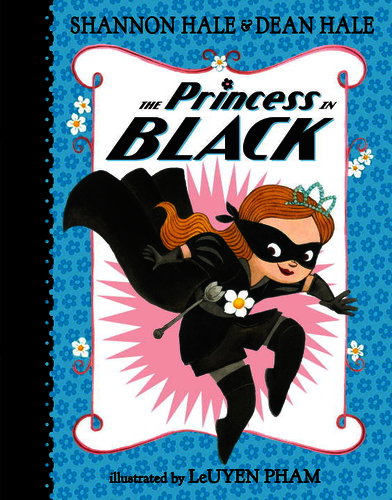 to be your typical perfect girly princess, but do typical princesses keep a whole land full of monsters in check? Do typical princesses dominate and defeat said monsters? Do typical princesses wear BLACK? As it turns out, this princess has a secret. When Duchess Wigtower pays a visit to Princess Magnolia with the singular motive of uncovering her secret, it seems that Princess Magnolia/Princess Black’s ruse will finally be exposed. This full-color, illustrated chapter book works as a picture book, as well, because of its slightly larger trim size and sparse text. It is a great book for sharing with students.
to be your typical perfect girly princess, but do typical princesses keep a whole land full of monsters in check? Do typical princesses dominate and defeat said monsters? Do typical princesses wear BLACK? As it turns out, this princess has a secret. When Duchess Wigtower pays a visit to Princess Magnolia with the singular motive of uncovering her secret, it seems that Princess Magnolia/Princess Black’s ruse will finally be exposed. This full-color, illustrated chapter book works as a picture book, as well, because of its slightly larger trim size and sparse text. It is a great book for sharing with students.
I would love to see more books about The Princess in Black. We need more books for youngsters to communicate that it’s OK to like colors, styles and activities that are too often assigned to one particular gender, often excluding the other. We need books to show that princesses can be powerful … and that boys can like princesses, too.
Lindbergh: The Tale of the Flying Mouse
(Grade K-4, Lexile AD820)
Lindbergh is the imagined portrayal of a German mouse who builds a plane to escape the newly invented mousetraps that have overtaken the continent. He is an inquisitive 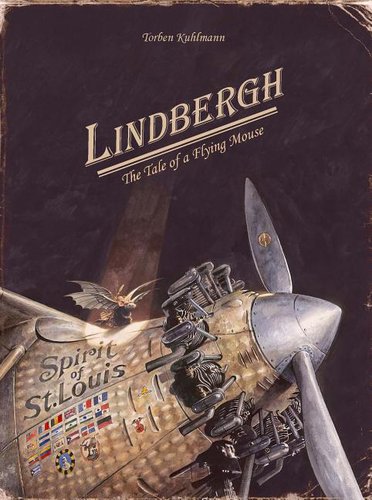 mouse, who would, “hide away, sometimes for months, to read great books written by humans.” After one such retreat, he returns and finds that his fellow mice are no more. The clever mouse returns from a retreat to discover a mouse exodus to America, and plans to follow. Inspired by some flying relatives (bats), the mouse invents a flying machine to cross the ocean. The mouse succeeds, then goes on to tour with an airshow and inspires a little boy by the name of Charles Lindbergh.
mouse, who would, “hide away, sometimes for months, to read great books written by humans.” After one such retreat, he returns and finds that his fellow mice are no more. The clever mouse returns from a retreat to discover a mouse exodus to America, and plans to follow. Inspired by some flying relatives (bats), the mouse invents a flying machine to cross the ocean. The mouse succeeds, then goes on to tour with an airshow and inspires a little boy by the name of Charles Lindbergh.
I love the fact that Torben Kuhlmann’s lovely fantasy tale connects to a historical event. The intensity of the mouse’s experience will translate to the experience that Lindbergh must have had, and that will stay with students. Similar to Brian Selznick’s Wonderstruck and The Invention of Hugo Cabret, this 96-page picture book portrays some of the action through a series of textless pages, relying solely on the expressive illustrations. This standout is one of my favorites so far this year!
Mysterious Patterns: Finding Fractals in Nature
(Grades 2-5, Lexile 1040)
I quite honestly did not know what a fractal was before reading this book, and I don’t think any other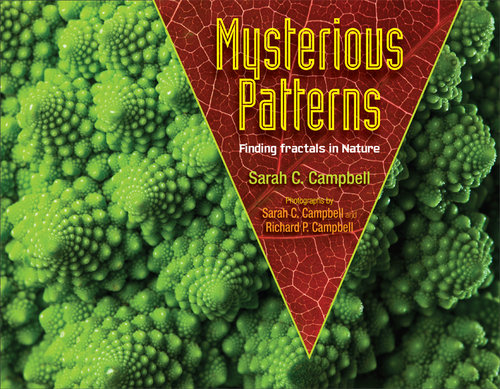 picture book is completely devoted to the topic. A fractal is a pattern in nature that is made up of little parts that look like the whole thing. Confused? Think of a broccoli floret. Doesn’t the floret look like the whole head of broccoli? It is a fractal!
picture book is completely devoted to the topic. A fractal is a pattern in nature that is made up of little parts that look like the whole thing. Confused? Think of a broccoli floret. Doesn’t the floret look like the whole head of broccoli? It is a fractal!
Still confused? Simple language and photographic illustrations explain the mystery of fractals clearly, and an afterword gives credit to scientist Benoit Mandelbrot who discovered them. This title can not only help introduce a difficult concept, but can also help students look at the world around them differently and ask questions about what they see. For further information on fractals to prep for all the student questions, check out Benoit Mandelbrot’s TED talk.
Building or refreshing your classroom library? We can create a customized list of titles based on reading level, genre, content area, theme, budget—whatever you need! Request your free custom booklist online, or by calling 800.444.0435 and speaking directly with a member of your local literacy support team.


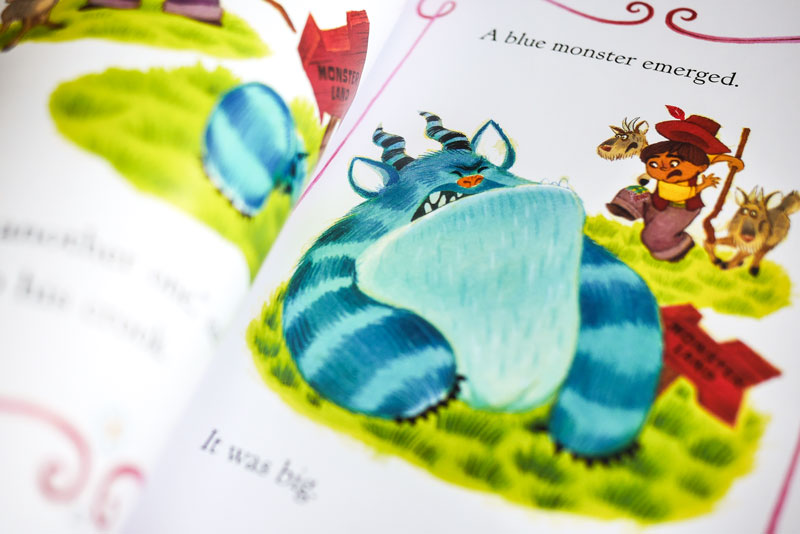
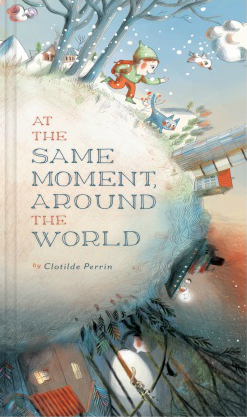

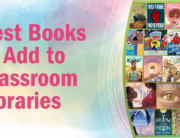

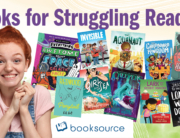

Leave A Comment